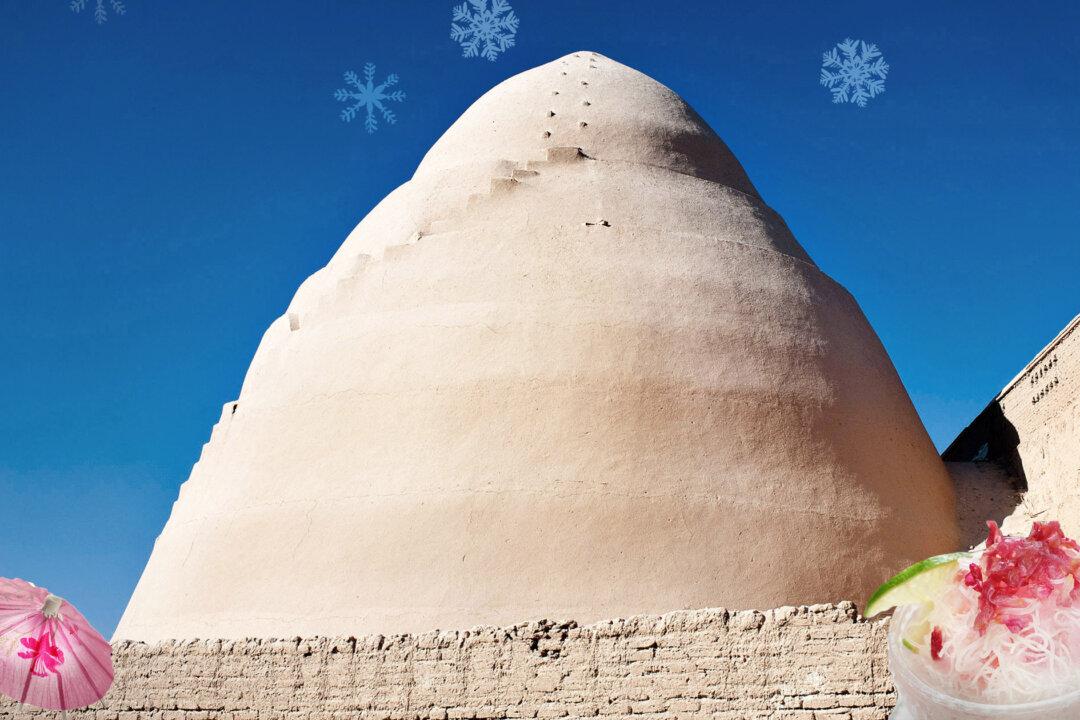Figuring out how to stay cool is probably the least of your worries lately—though there’s solace in knowing summer season’s right around the corner.
In a few months, when it heats up, you'll likely be begging for the frost you’re now scraping off your windshield. But, while AC and refrigeration will be at our fingertips when the mugginess gets too much, did you ever wonder how people in the past chilled out when the weather got too hot?






